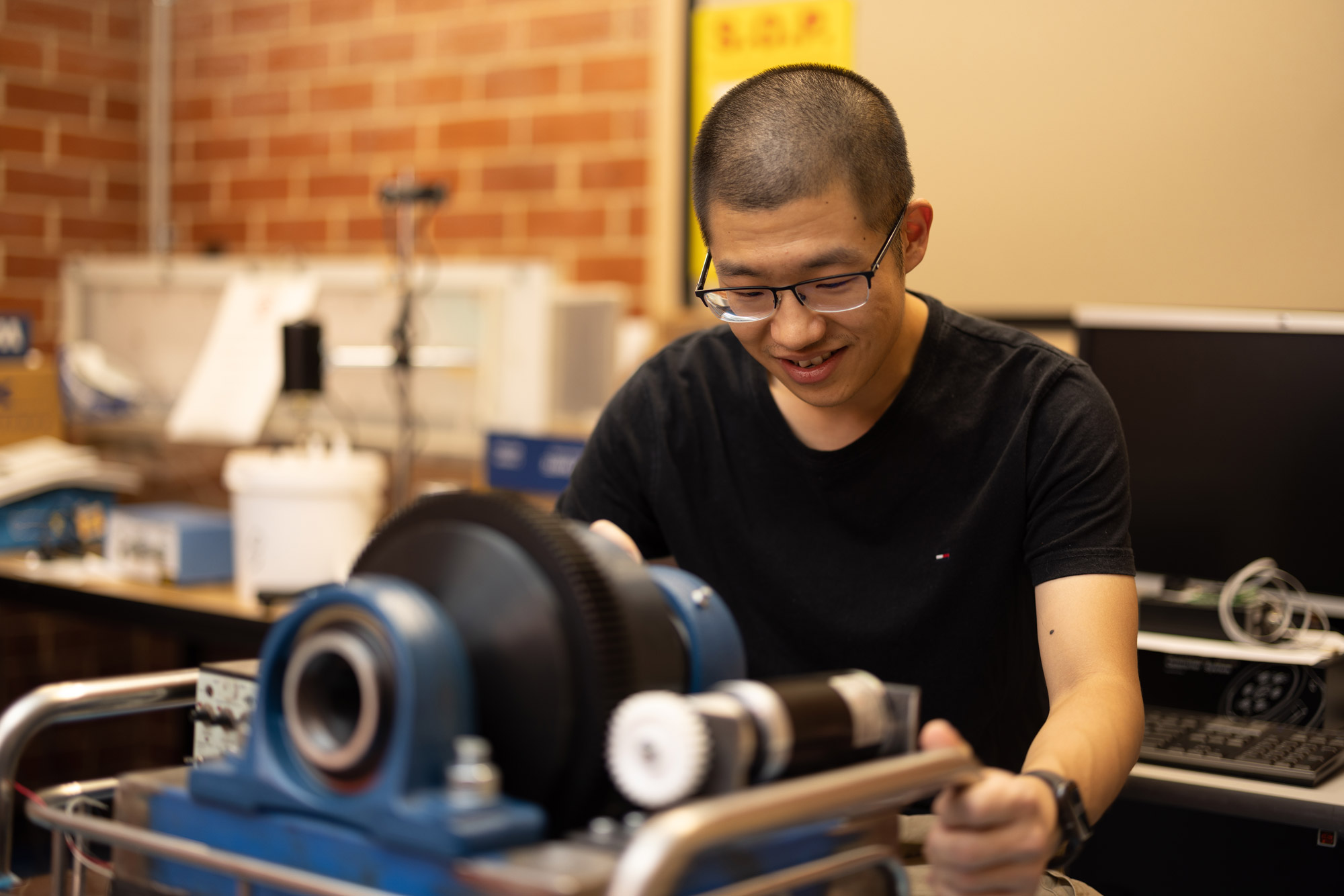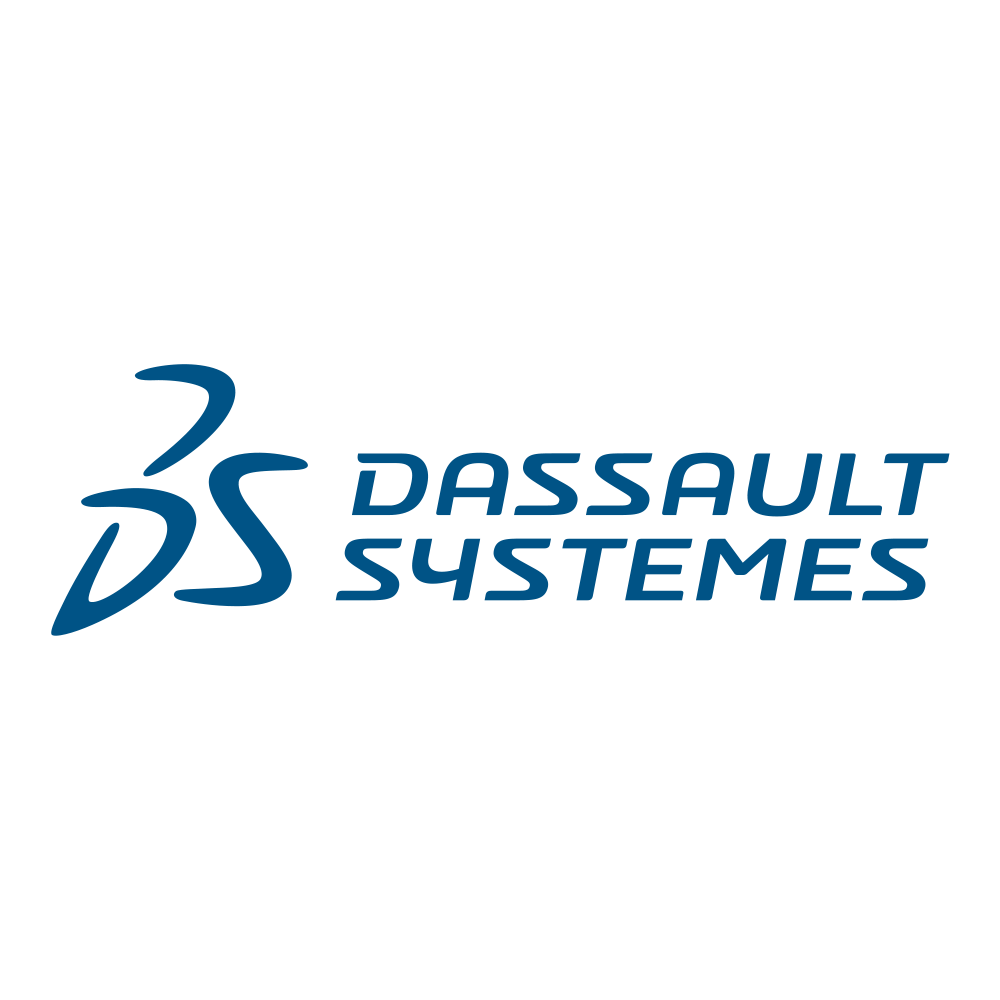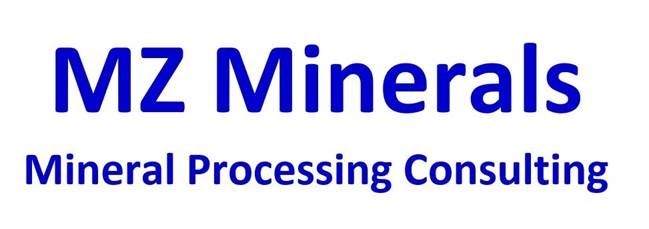Approach: Analytics of acoustic, crushing and machine sensors to maximise crushing plant throughput.
The fundamental problem with operating grinding circuits is that they are very sensitive to process changes yet are poorly automated and instrumented [1]. Different ores, or even the same types of ores with different geometallurgical characteristics, may have different optimum particle sizes (critical size) that will generate sufficient liberation to release enough gangue from the valuable mineral and, therefore, maximise the processing plant metallurgical performance and net smelter return [2]. Particles that are too coarse will result in inadequate liberation and particles that are too fine will increase grinding costs and reduce recovery rates. Therefore, it is quite desirable for milling plant operators to know the running information about mill charge dynamic content and motion, so that optimal control can be achieved for maximum plant throughput with robust instability, consistent particle size, and minimum structural wear.
Spatial vibration sensing in the milling plant will deliver information on induced vibrations as an indicator of grinding circuit performance [3]. In this HDR project, these new sensor outputs are being integrated with spatial and temporal information together with other operating parameters to determine particle size distributions. Changes in ore hardness, due to ore heterogeneity, will cause changes in the mill load which, in turn, is controlled by water addition and mill feed tonnage. The new particle size distribution model obtained from the vibration sensing method currently being developed, will not only optimise plant operation and maximise throughput but also help refine the resource model and improve mine planning in subsequent mine operations.






